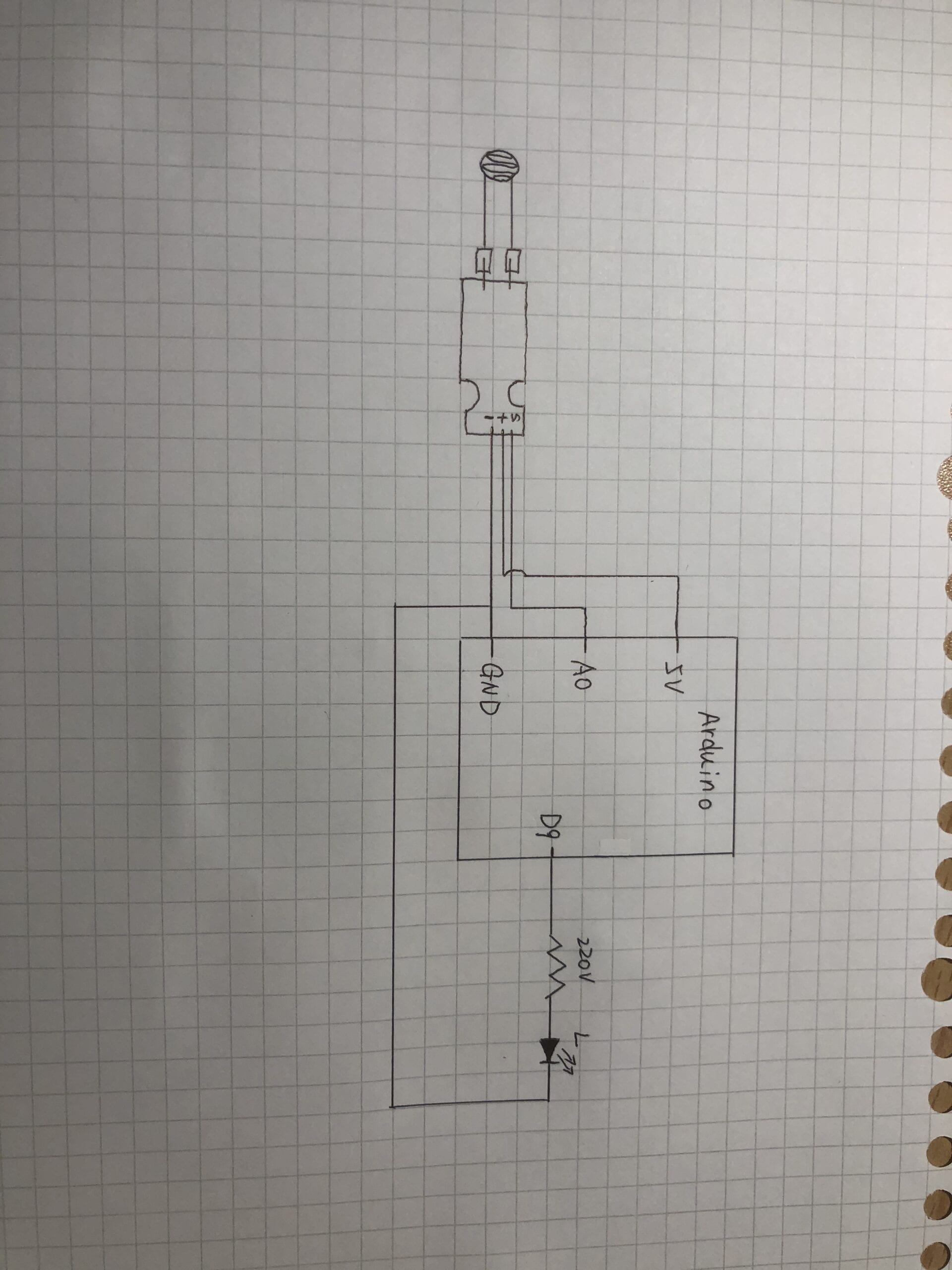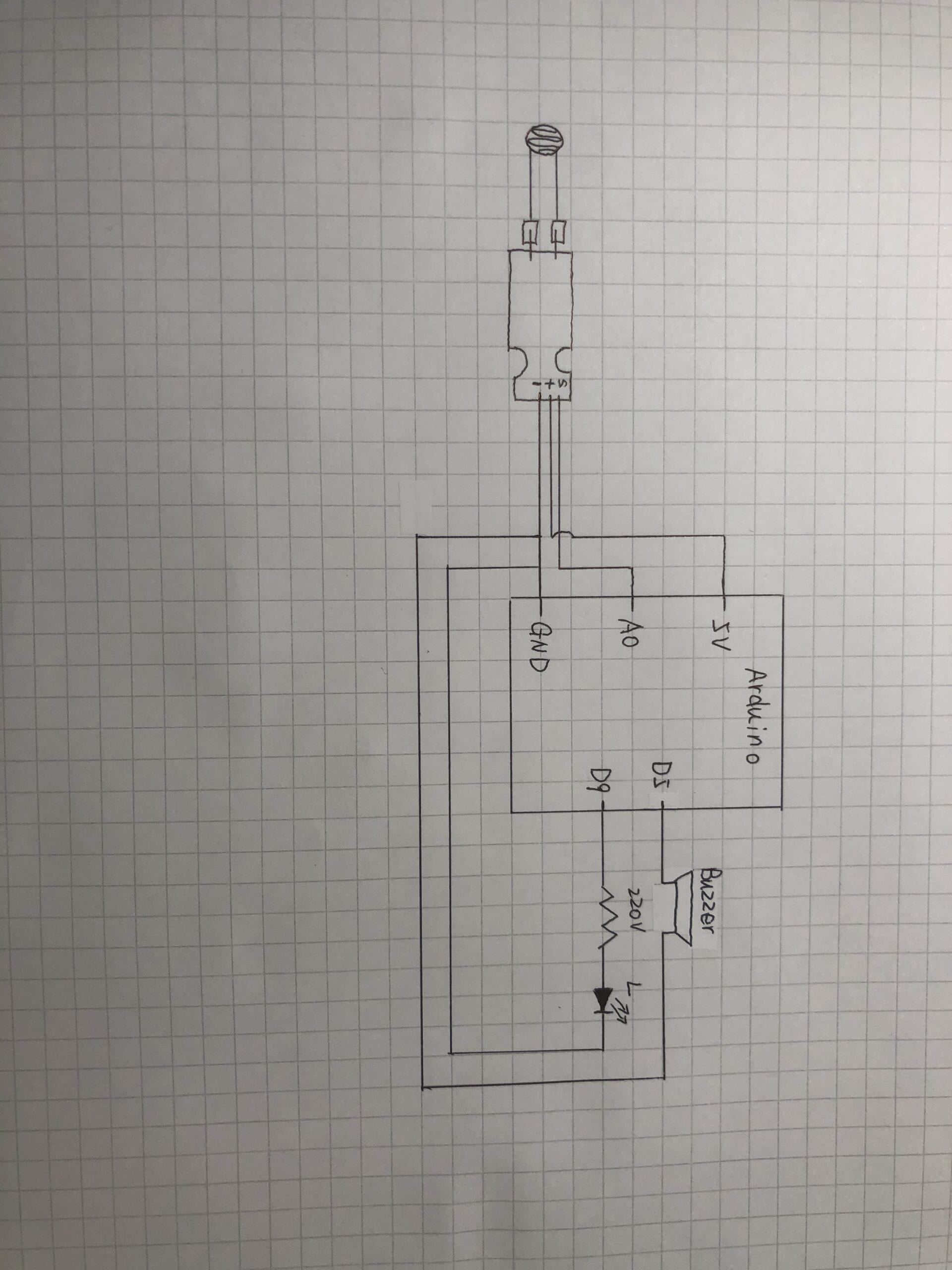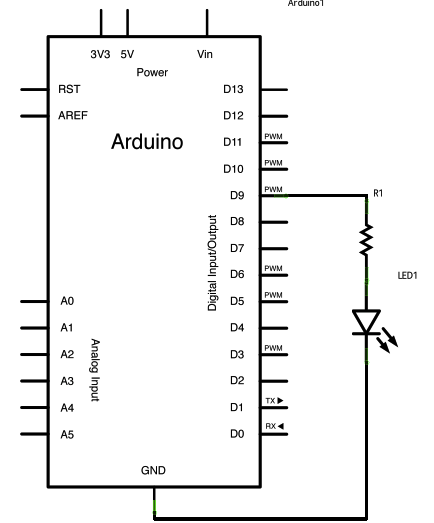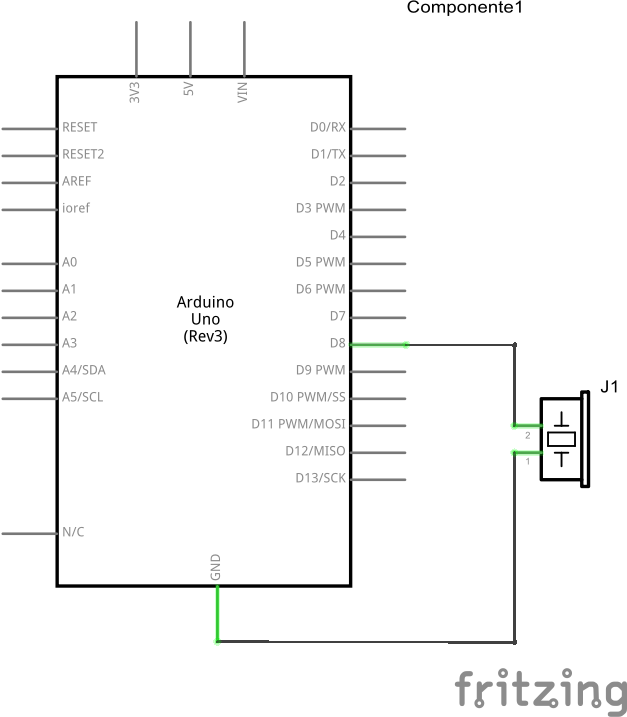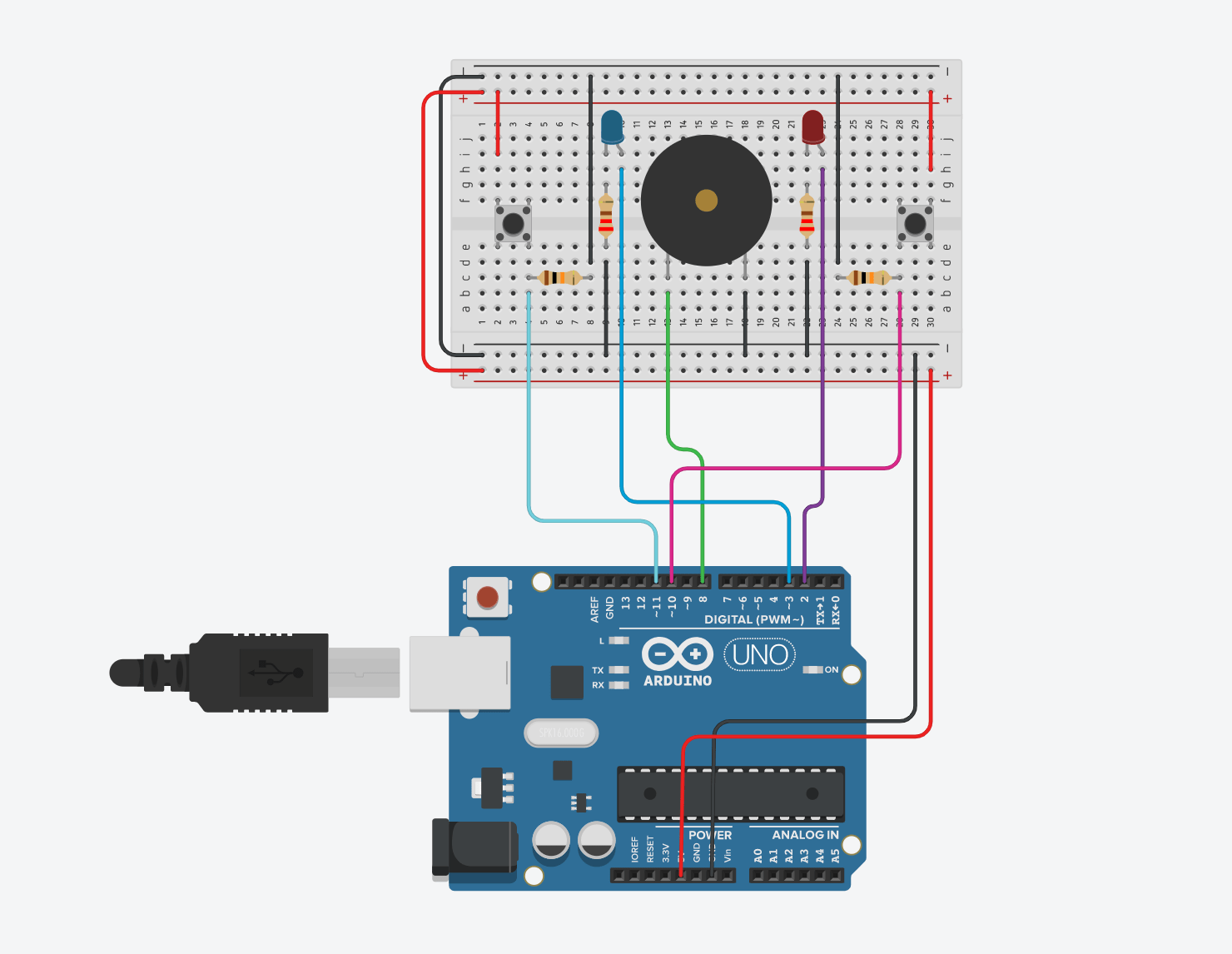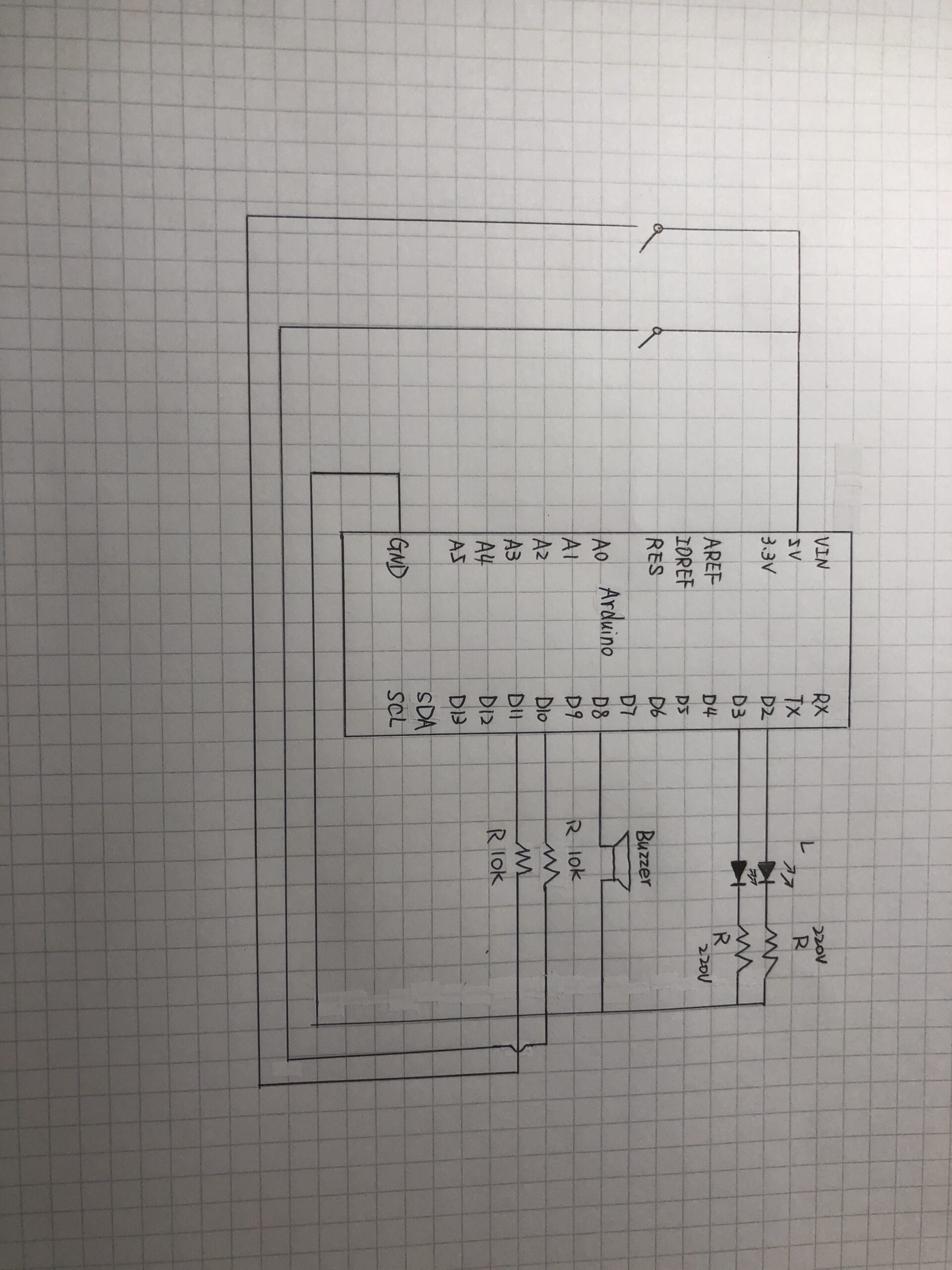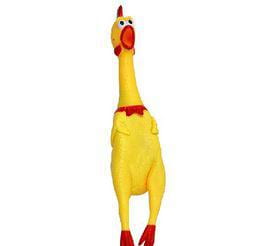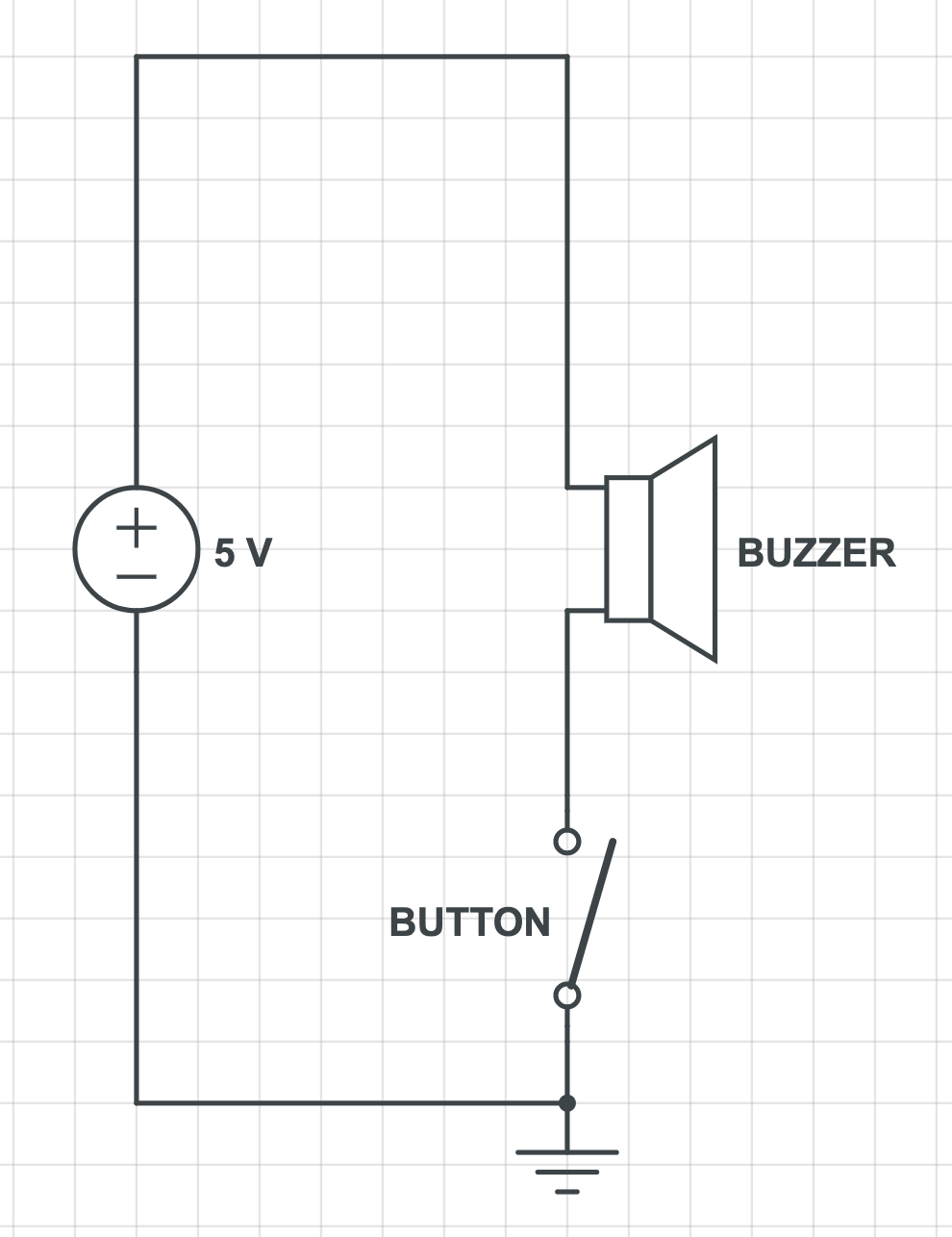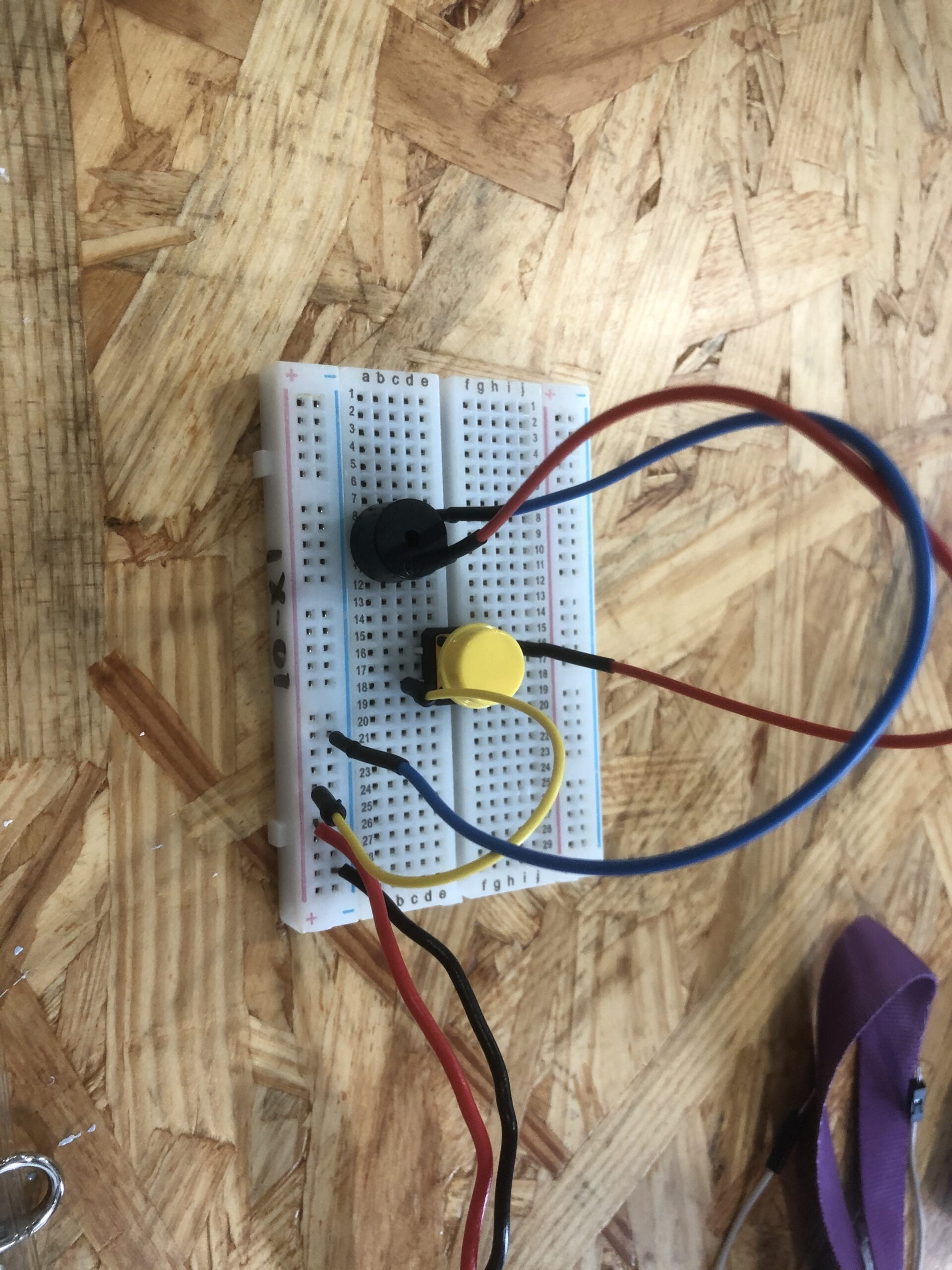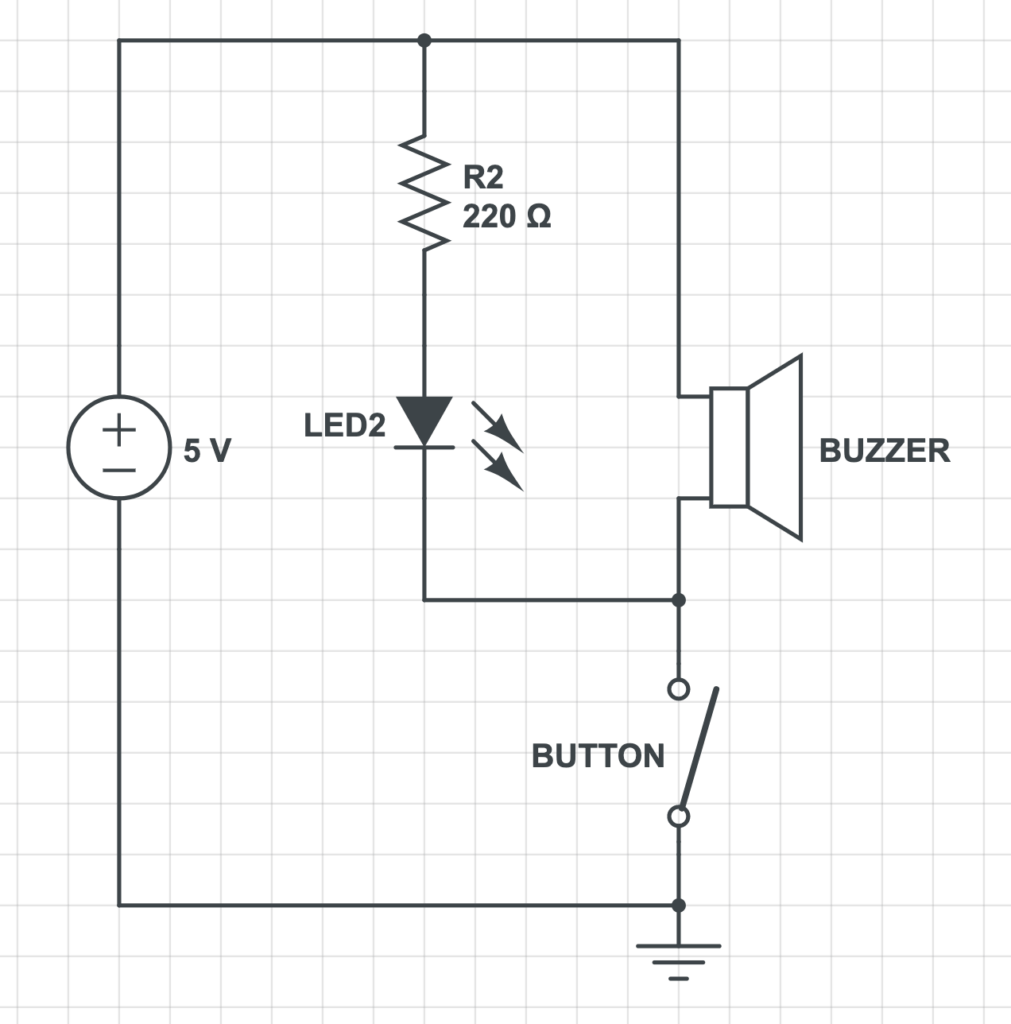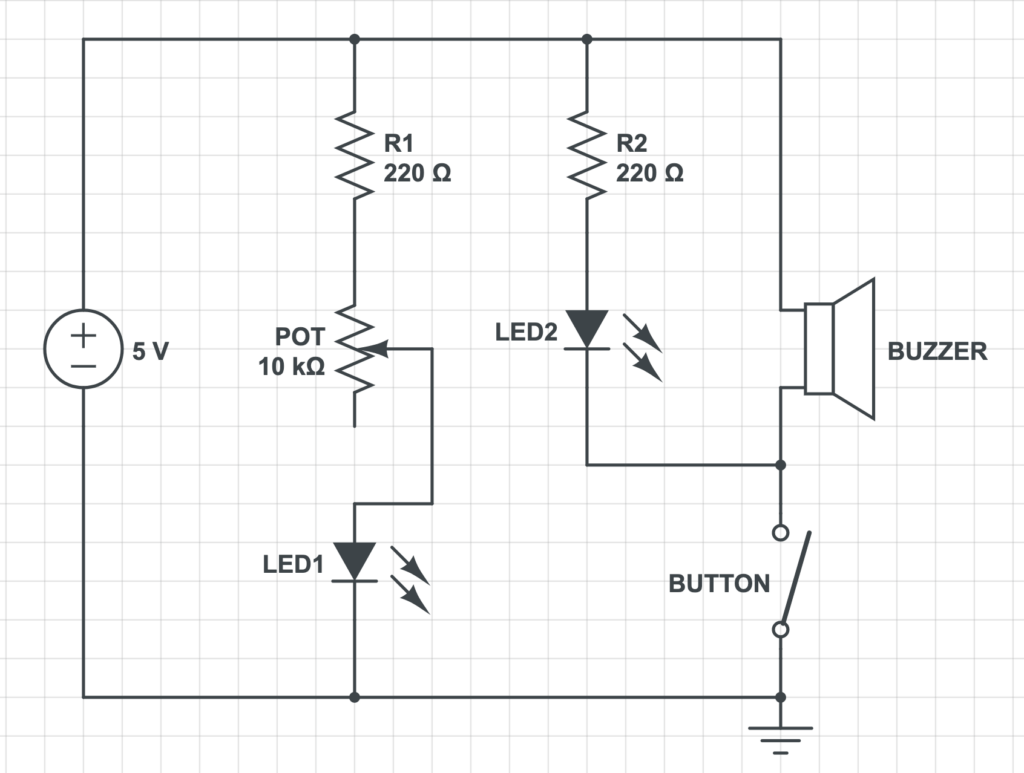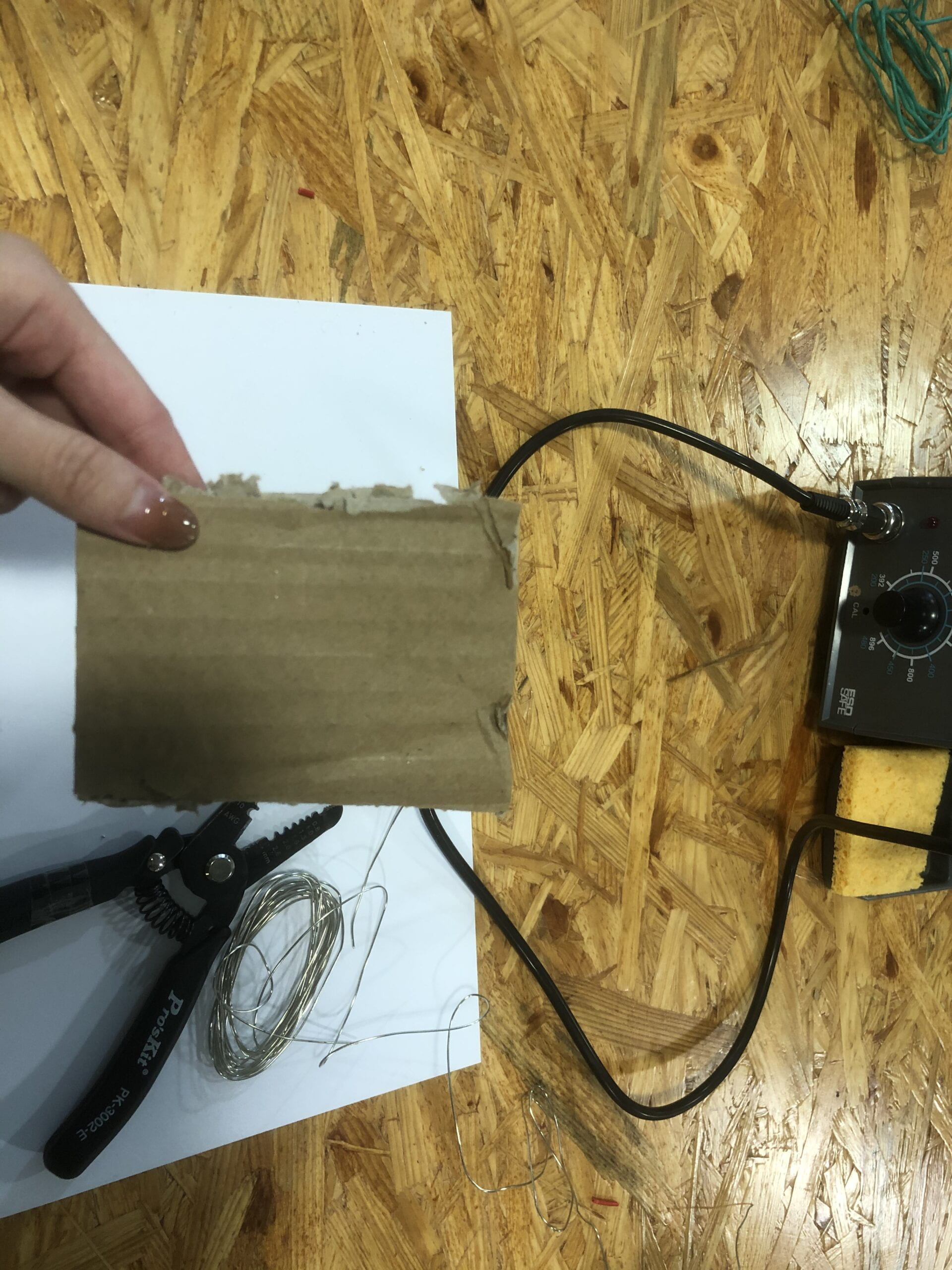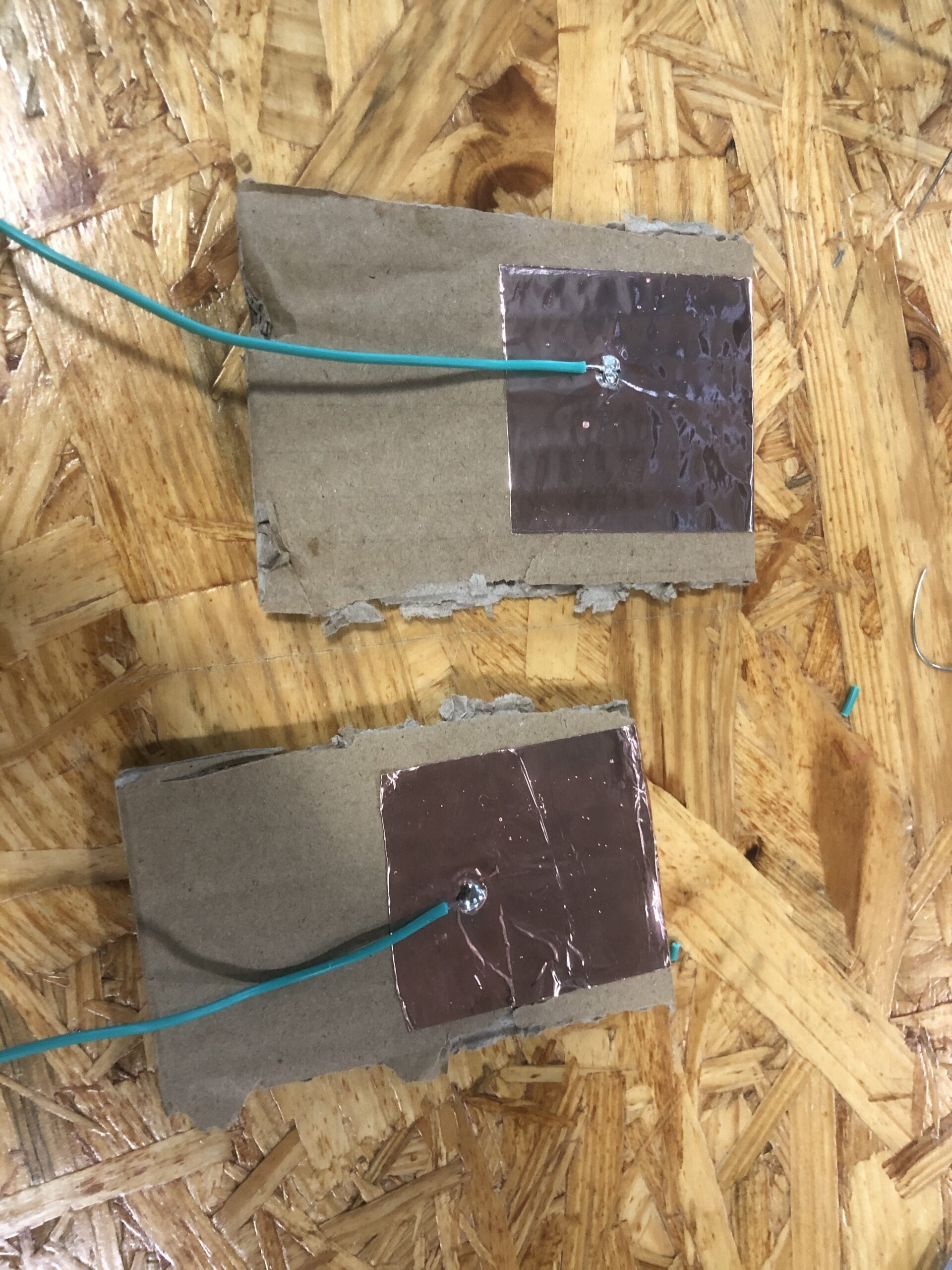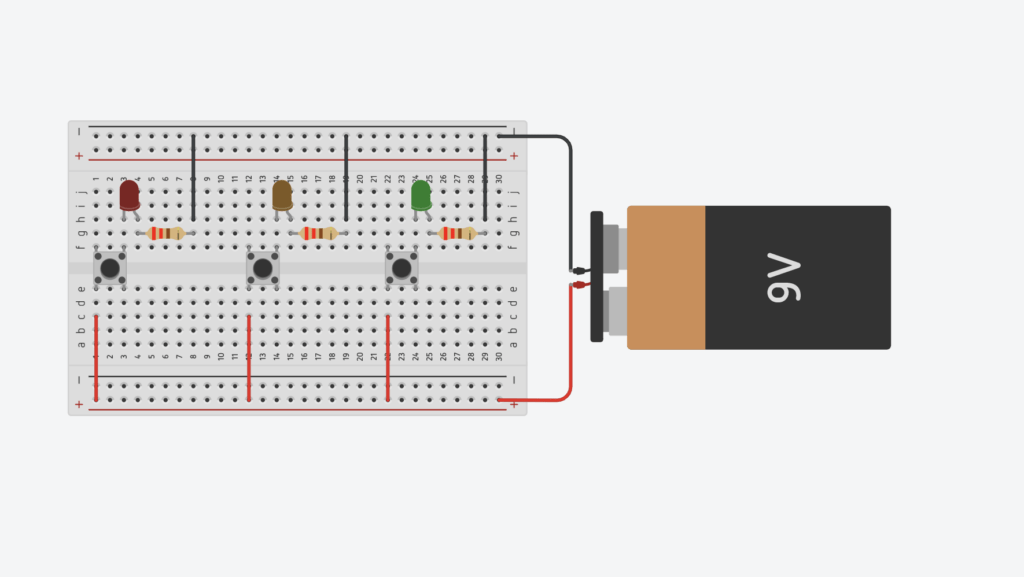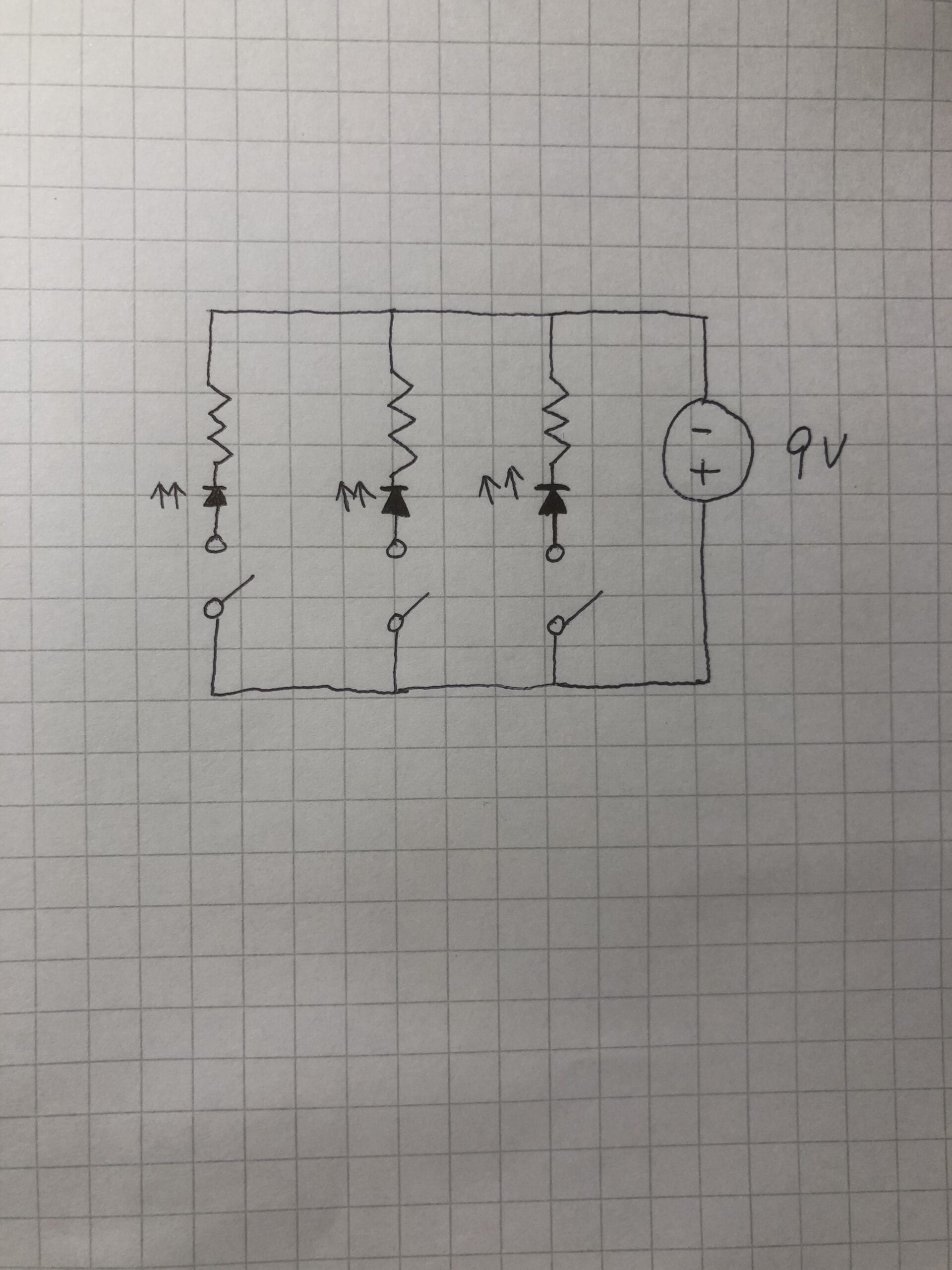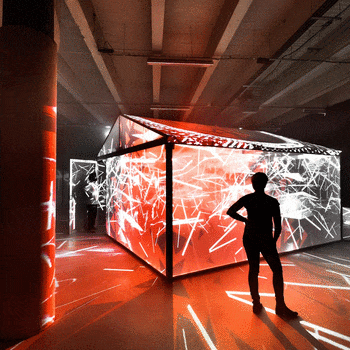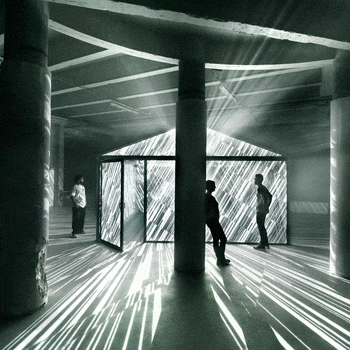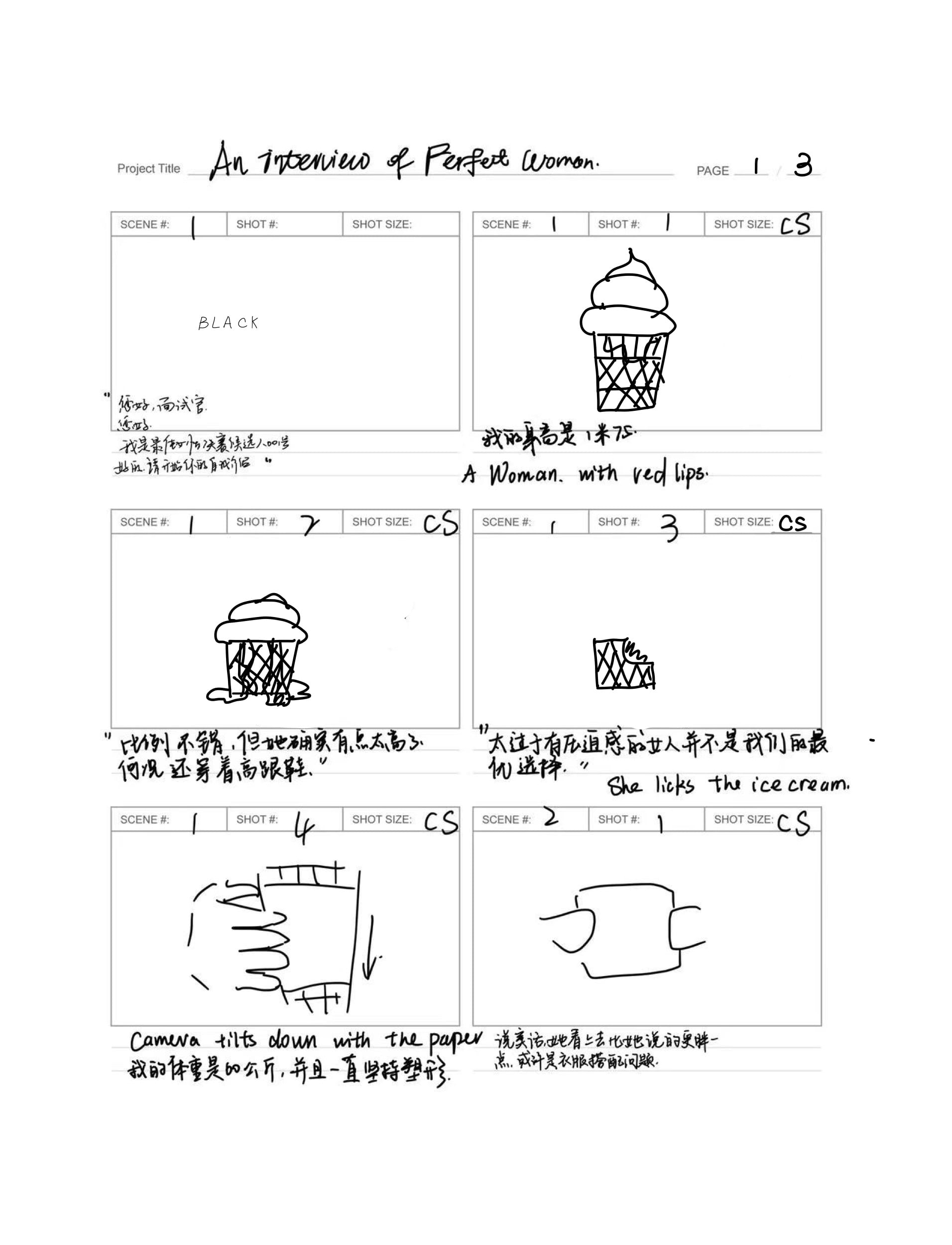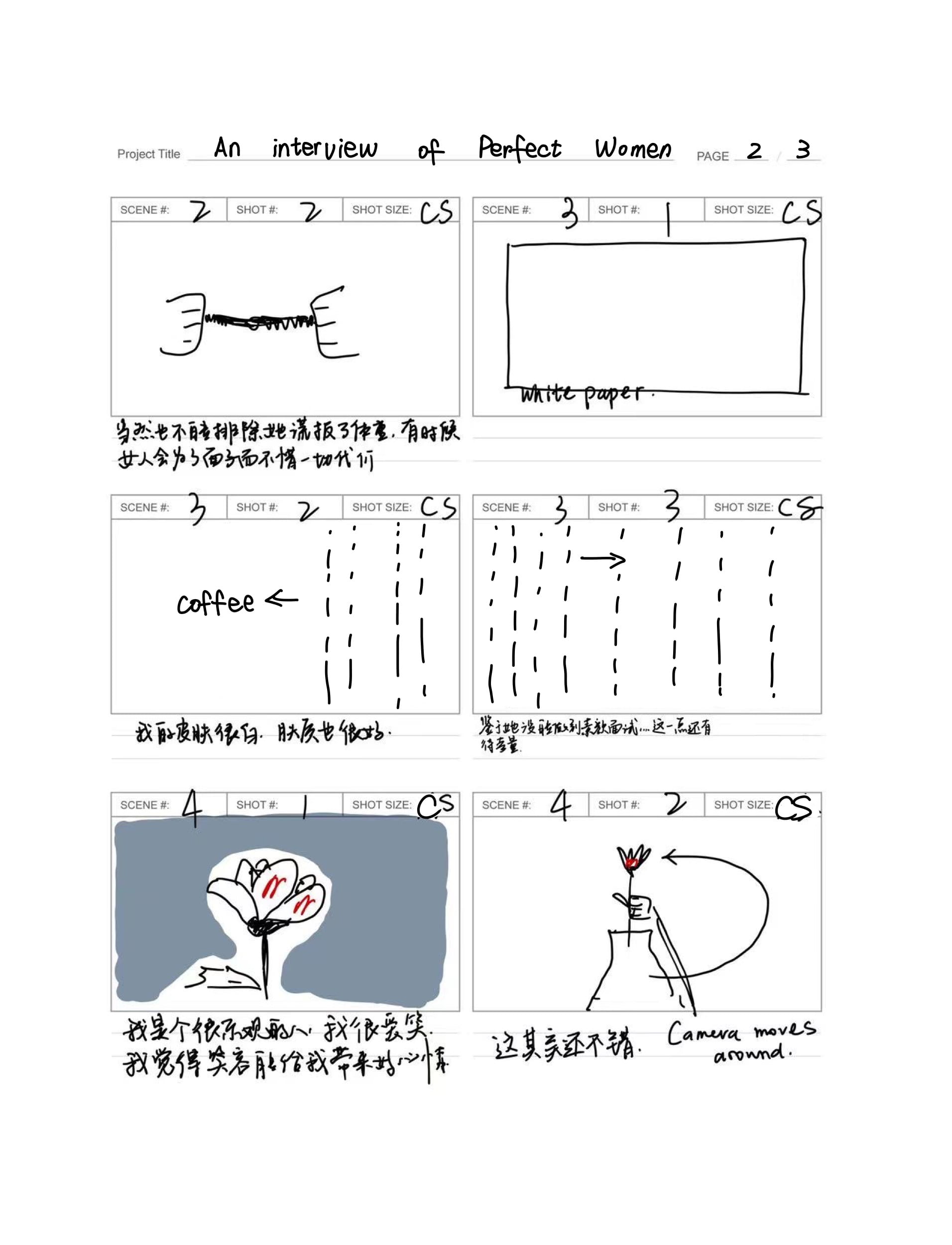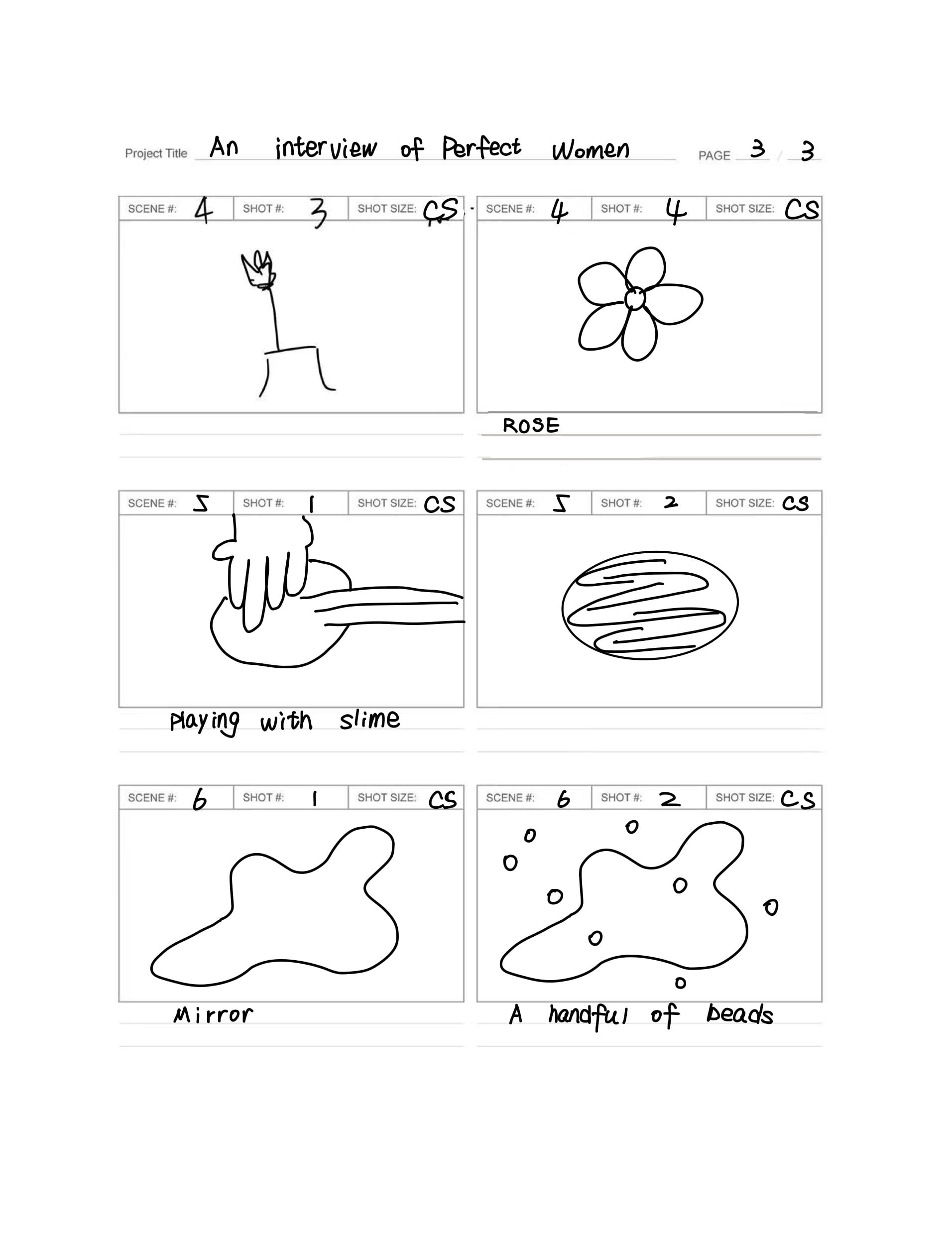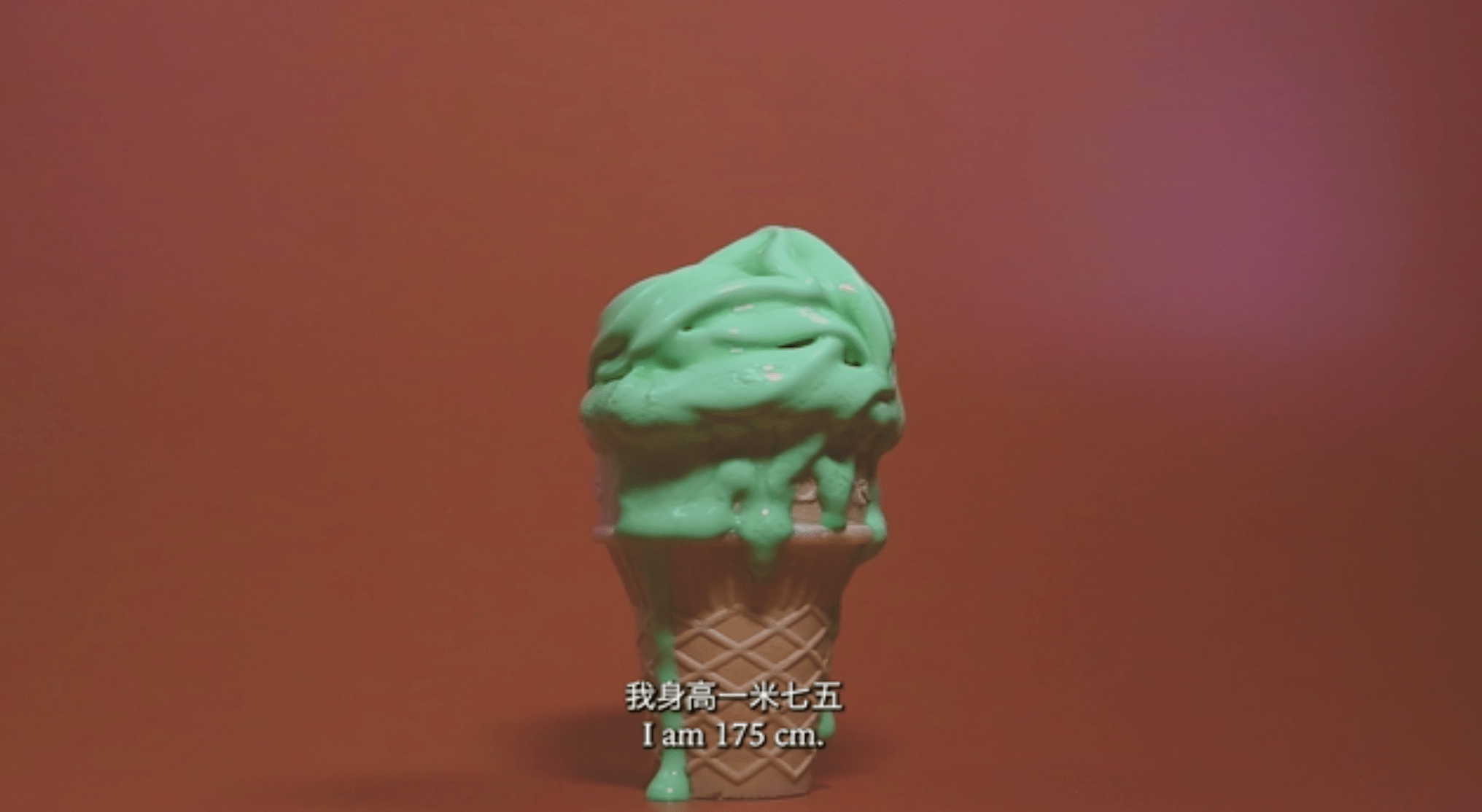Group Project: Reflection
The relationship between our project and the research
In The Fish Of Lijiang, there is an alarm clock that can compress the time sense of people. On the other hand, there is a “time sense dilation therapy” that can dilate people’s time sense to prolong their lives. We got the idea of controlling the time sense and decided to use the clock as a carrier. We added the functions of clocks to let them expand and compress the sense of time. To make this feature more obvious, we set up a normal clock as a counterpoint, and when the sense of time corresponds to real-time, the player can return to the real world.
In addition, clocks also echo the concept of interaction: a process in which each participant in turn listens, thinks, and speaks (Crawford, 5). The process of listening is shown by the fact that when a player wins, his sense of time is adjusted to the normal sense of time; in other words, it is an input process. The process of thinking is shown in the fact that the player’s clock will think about how to adjust accordingly after receiving the signal of winning or losing (winners tend to have the correct time, while losers have the same sense of time). The process of speaking is reflected in the corresponding adjustment of time sense given by the clock at the end (presented in the speed of pointer rotation).
Idea sketches
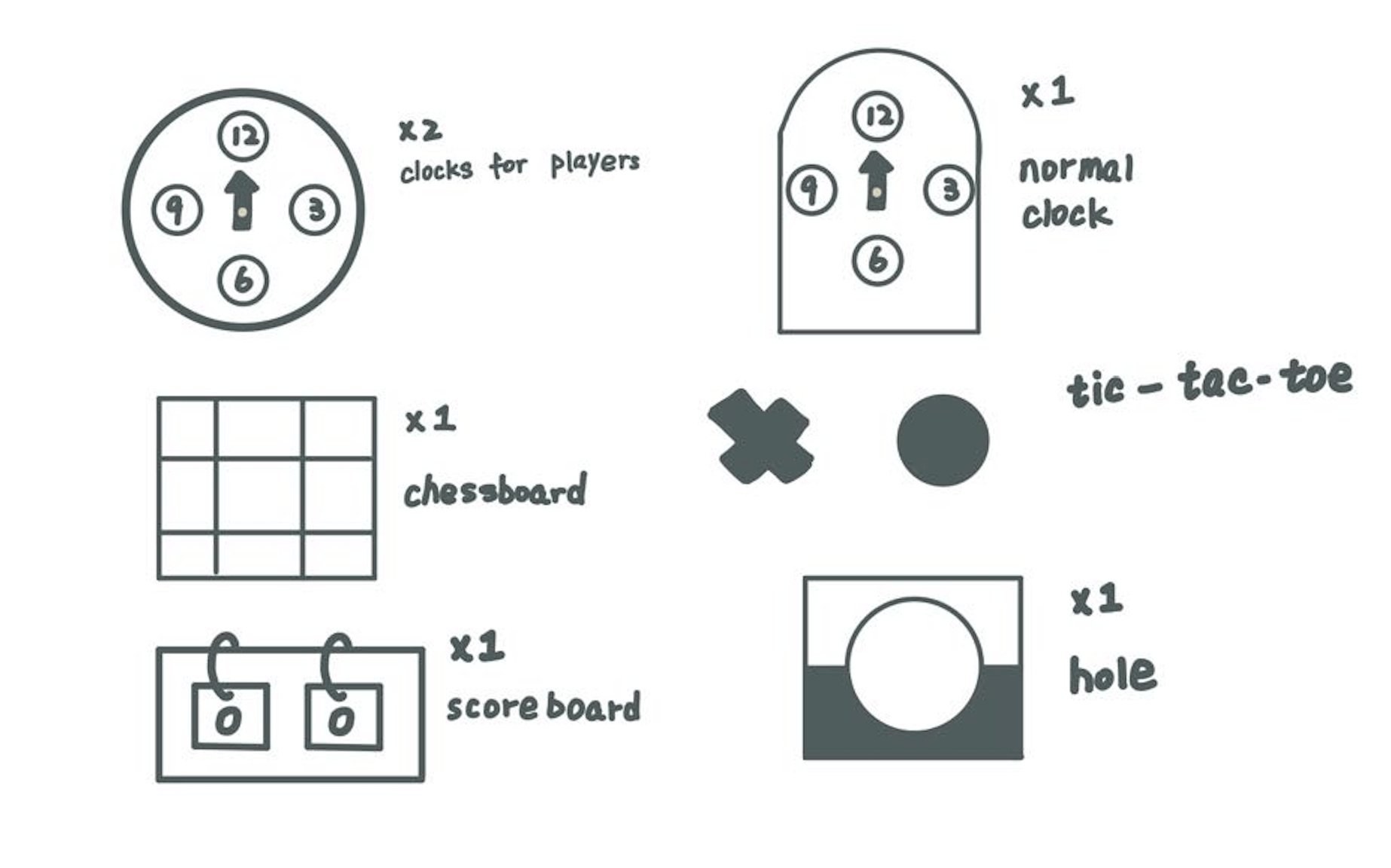
We decided to create a game space and participants are trapped in the game world. Their time sense is different from the game world. (One is quicker, the other is slower) Participants need to compete against each other through a tic tac toe game to adjust their own time in order to get back to the real world. A player will win the game if he/she successfully adjusts time that’s consistent with the current time in the real world.
Two round clocks show the time sense of participants. The other one that looks different (I don’t know how to describe its shape) shows the normal time. That hole serves as the medium between the real world and the game world and we got the idea from the rabbit hole in Alice in Wonderland. We painted half of the hole and the green half means the game world, which echoed the color of the chessboard, and the half with original color means the real world. The scoreboard helps viewers visualize the score of a game. We used cardboard to make the game so the audience could see it better than drawing it on paper.
I think the success was that we made all the props out of cardboard and used as little voiceover as possible in the performance, relying on the performance to tell the story. But the design of the game is still lacking, and we would have been better off if we had integrated the concept of play and time more closely.
Process
During the process of creating, I was responsible for perfecting the plot of the story. (After determining the specific plot of the game, I was responsible for designing the beginning and end of the story to make the performance more complete.) I also helped make the props, including making the hole and the scoreboard. In the performance part, I acted as Player One with a slower sense of time.
2022.2.22
We met with each other and started to talk about our project. We decided to create a project based on The Fish Of Lijiang and the theme of time. For the plot, we decided to use the clock as our primary device and change the sense of time by winning or losing the game.
2022.2.25
We started to make the props, including two clocks for the players and props for tic tac toe.
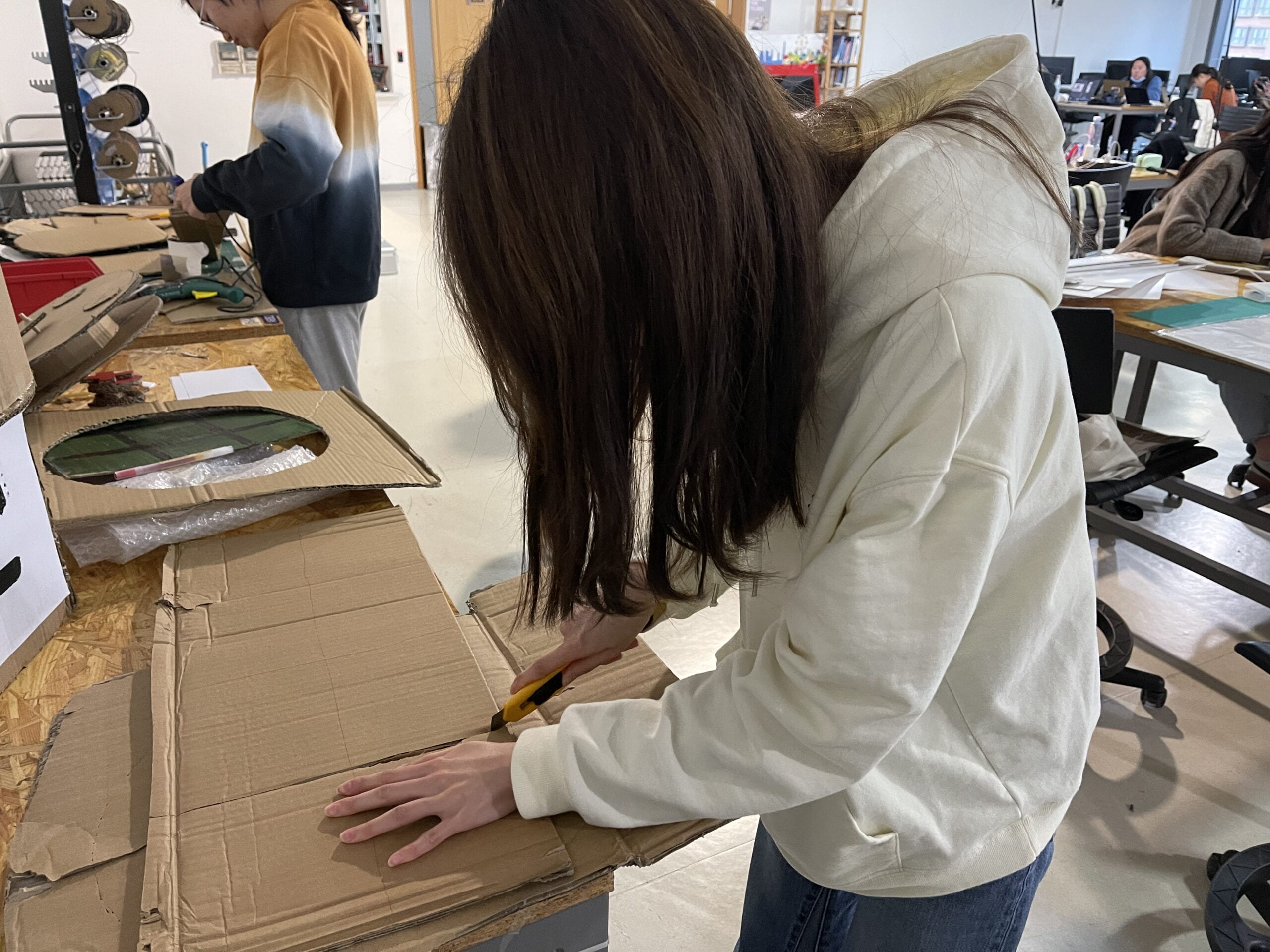
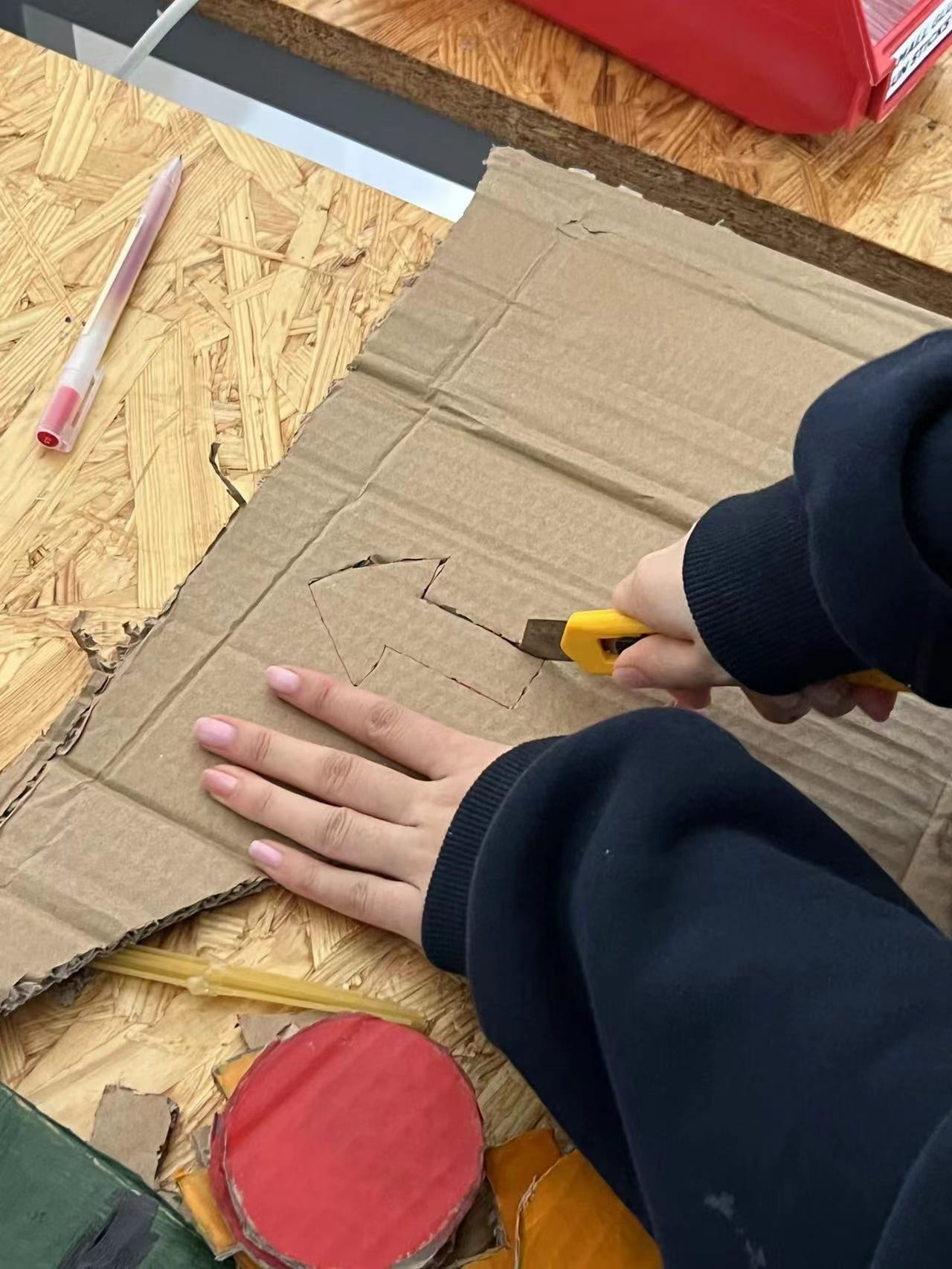
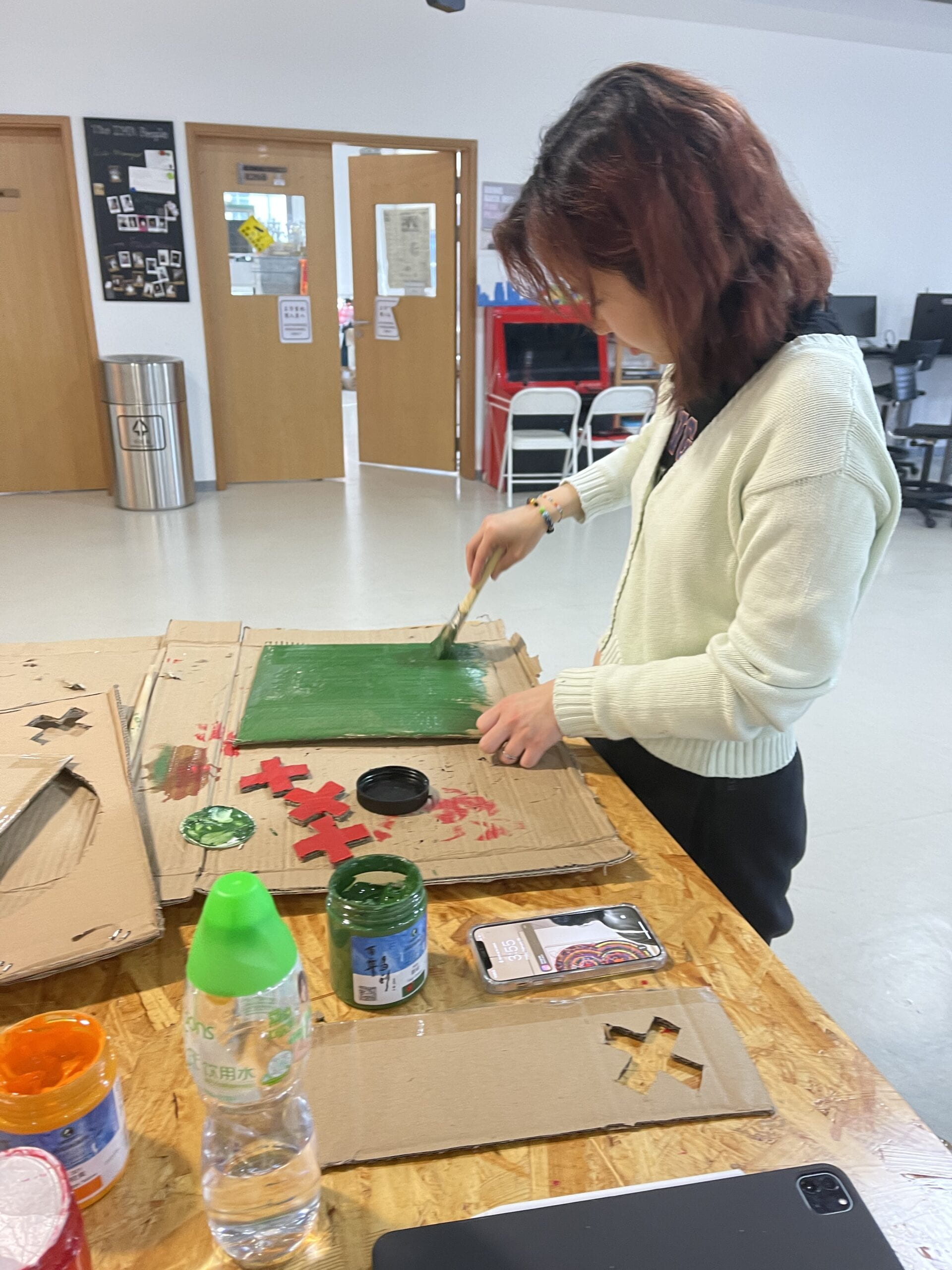
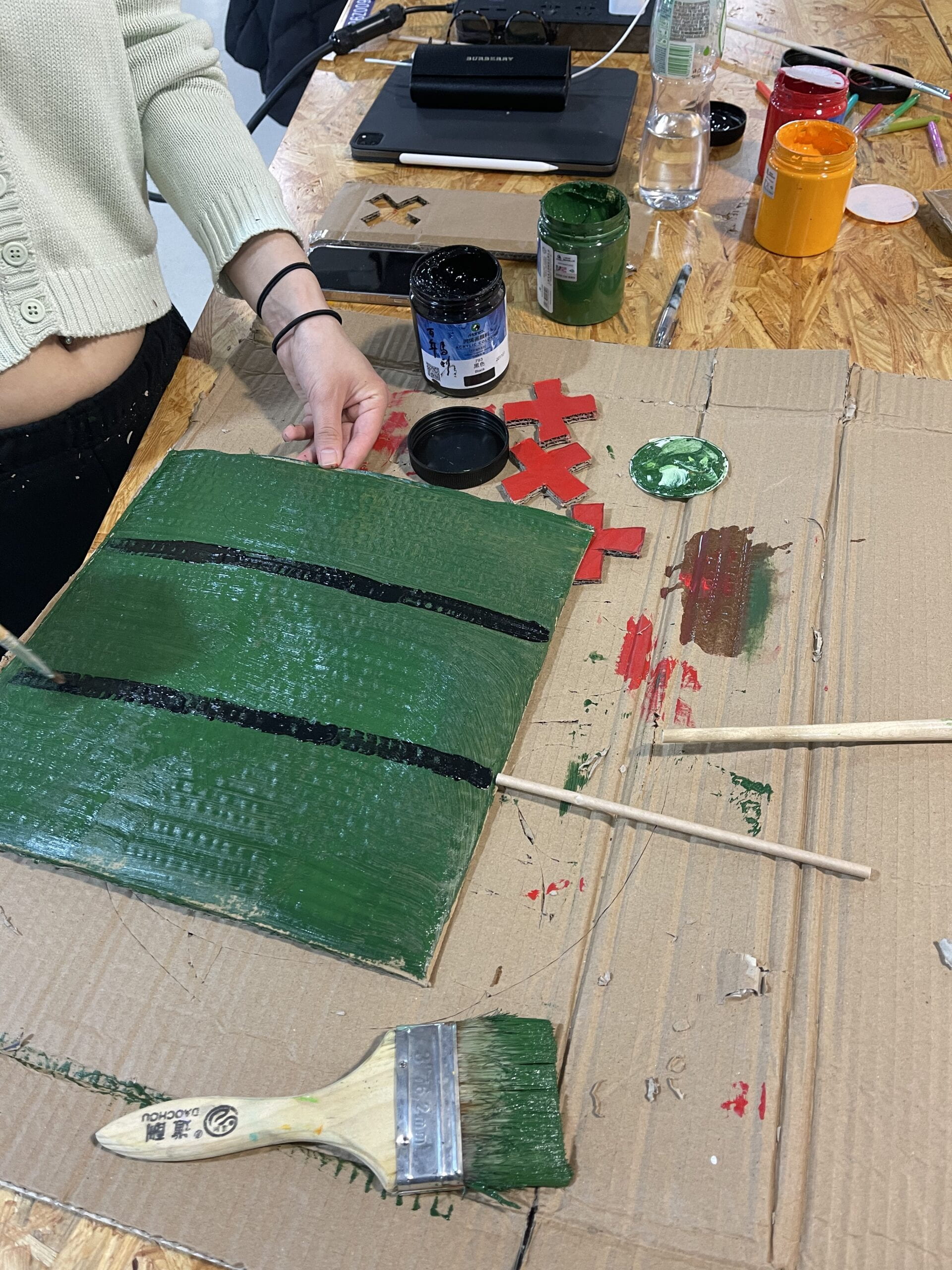 2022.3.1
2022.3.1
We furthered our storyline(add the opening and the end)and made other props such as the normal clock and the hole.
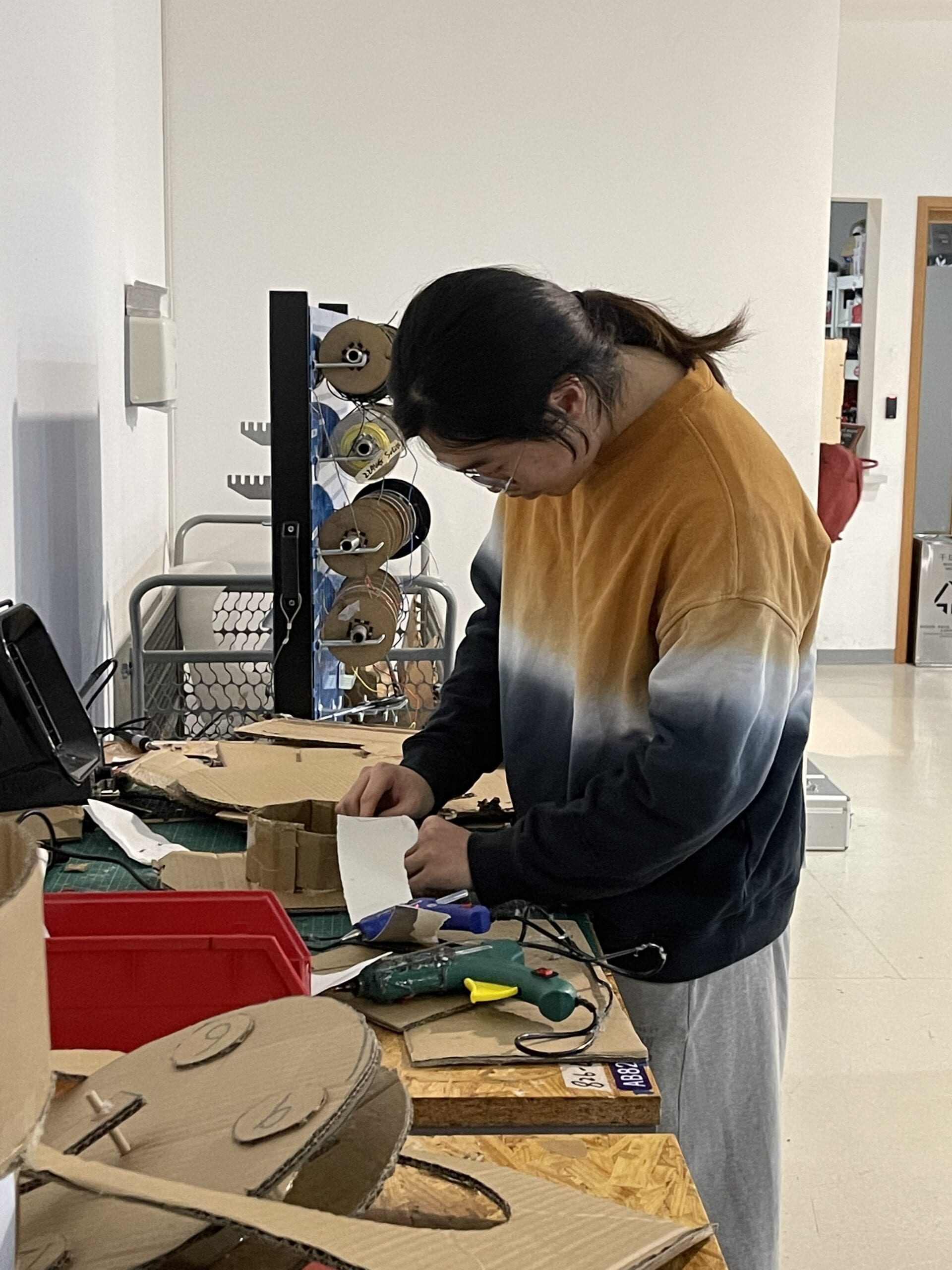
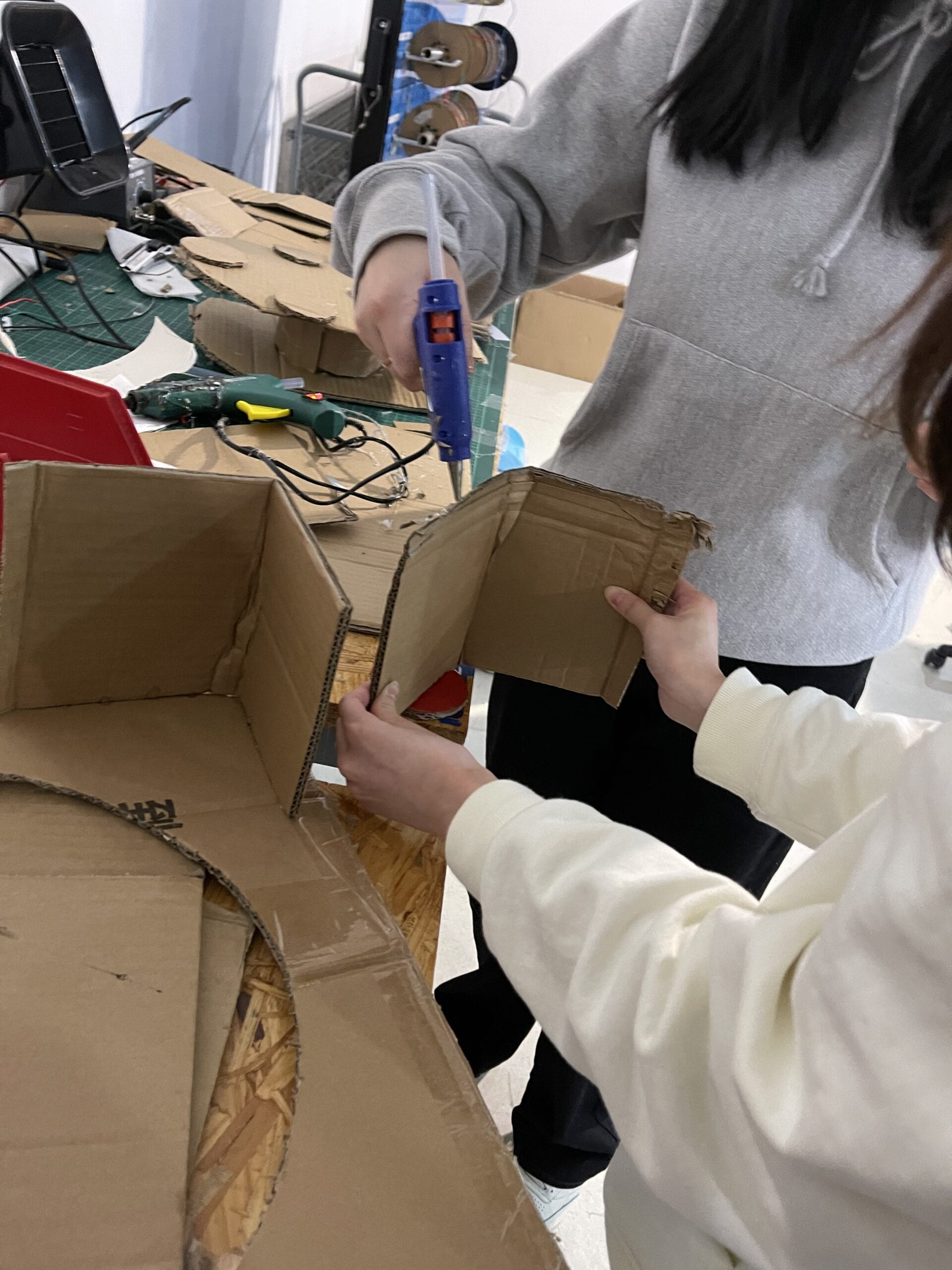
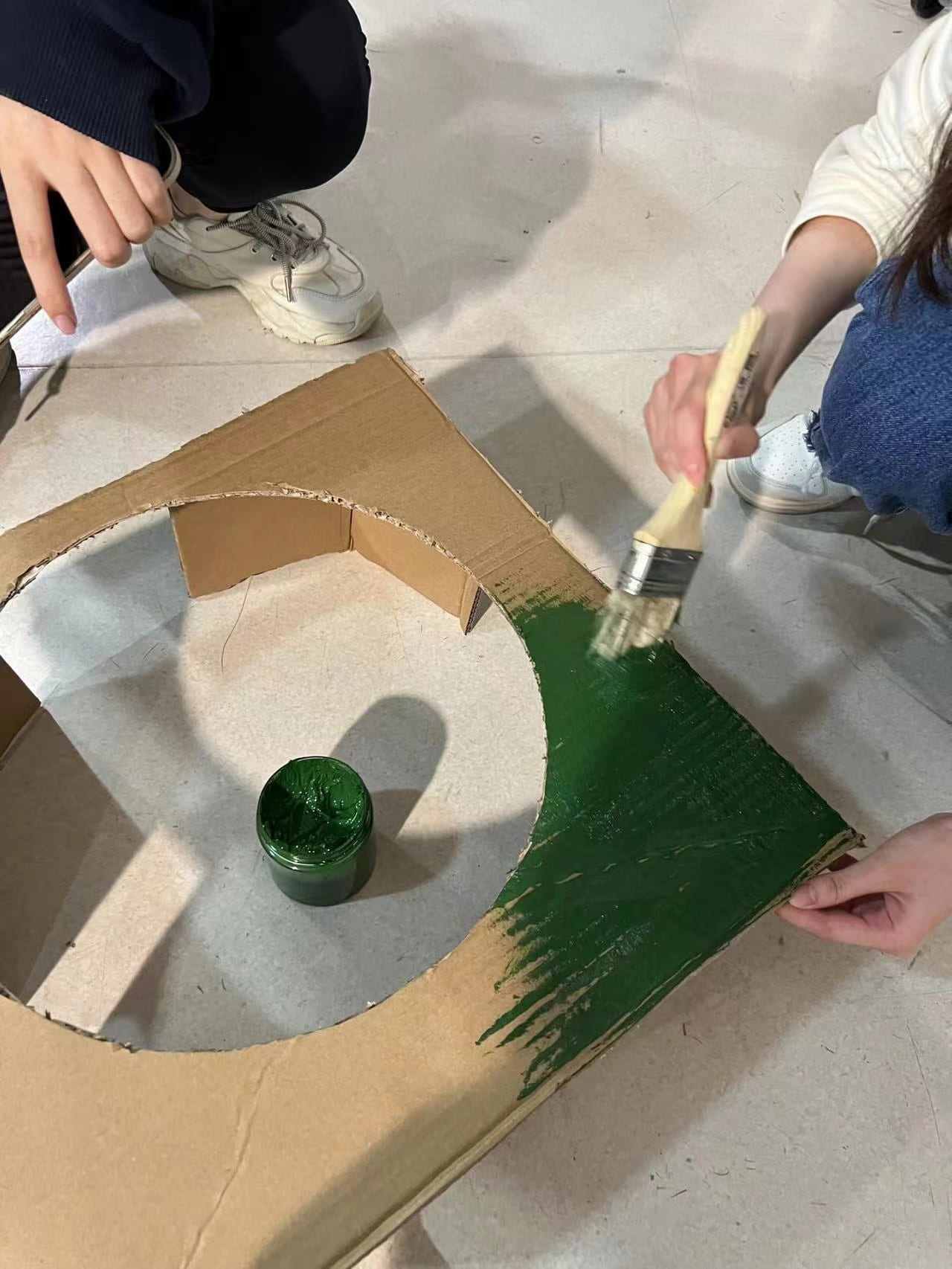
2022.3.1
We decided to add a scoreboard and made it. We prepared and rehearsed for the next day’s performance.
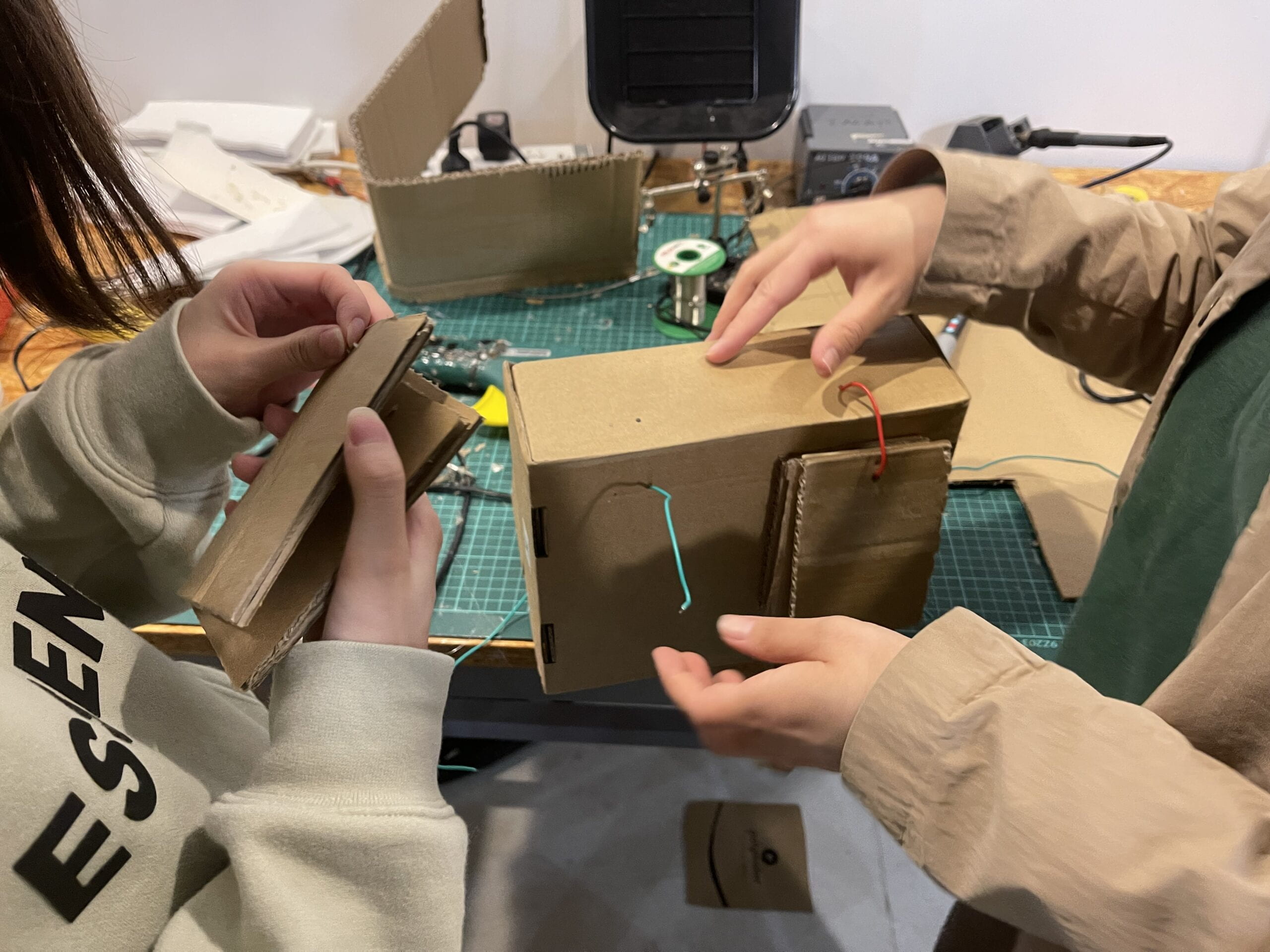
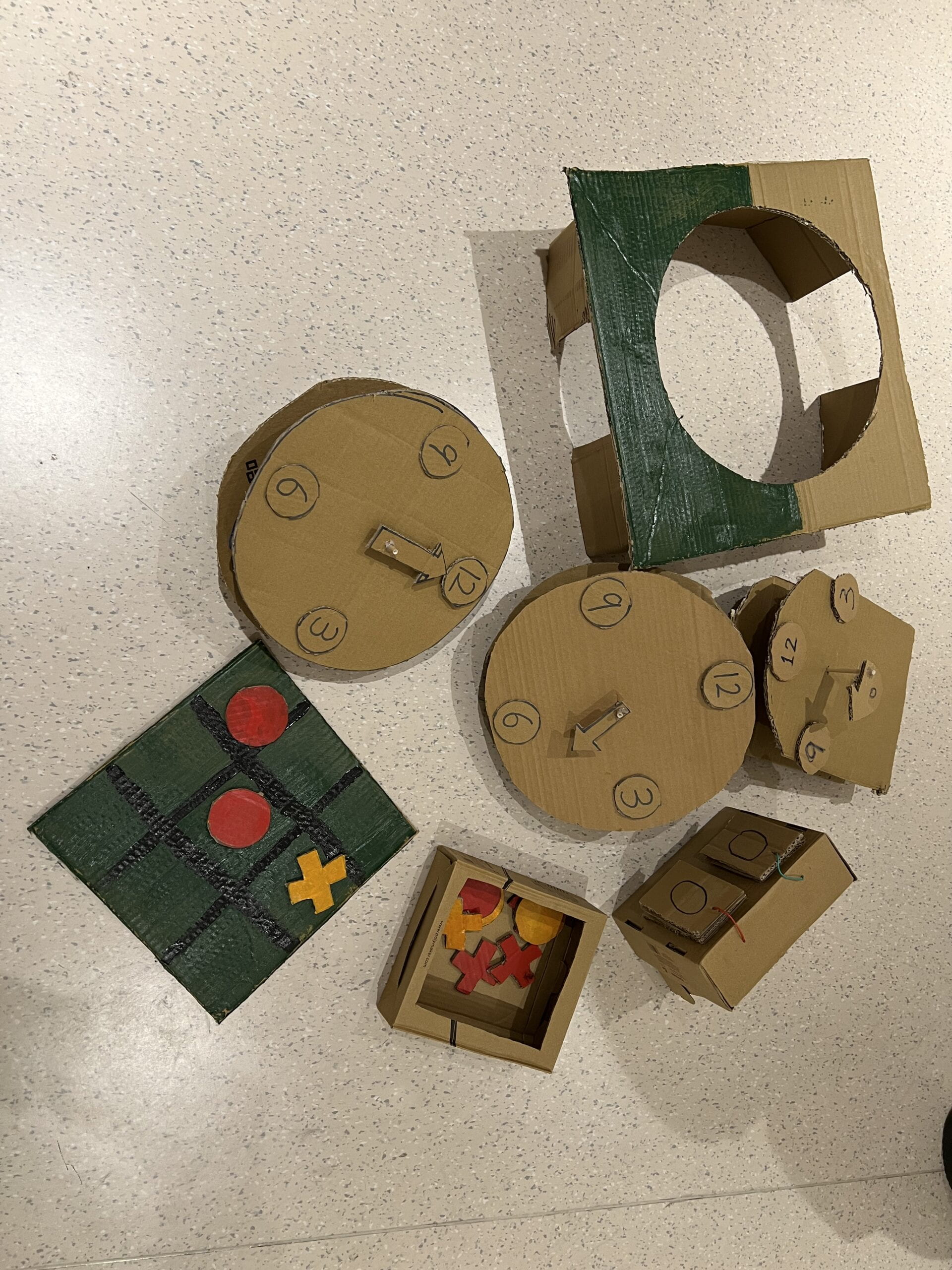
( We forgot to record the rehearsal and only leave the picture of all of our props😭)
Part of our performance
Analysis and assessment of performance from another group
I’m sorry I can’t remember the exact title of the performance. It is about the current overwork situation and its influence. Three staff working in front of the computers and all of them wear glasses and gloves with surveillance capabilities. Their boss can monitor their employees’ every move in real time and their wages are measured by the exact number of hours they work. One of the staff works all the time and tries his best to earn more money to let his grandma move into the “Time Care Unit” mentioned in The Fish Of Lijiang.
I think their project is well relative to the fiction story. Their project is based on the background of The Fish Of Lijiang and it’s like another sideline in the world of the story. There is a subtle echo between how employees are forced to work hard because of the monitoring device and how employees are forced to do a lot of work because of the compressed sense of time. In addition, their props are made of cardboard and the phone is a screaming chicken. They met the criteria of the assignment and make their performance more interesting.
Their main device is wearable so the interaction between people and the equipment is more direct. The viewing screen can be overturned to show the state of workers is also interactive. I think the design of gloves and glasses is creative because it completely monitors employee status, for me, I can probably only think of one. If there is anything that can improve, I would suggest them to design an interactive monitor for the boss to make the whole equipment more complete.
